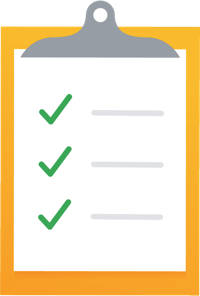Build news products
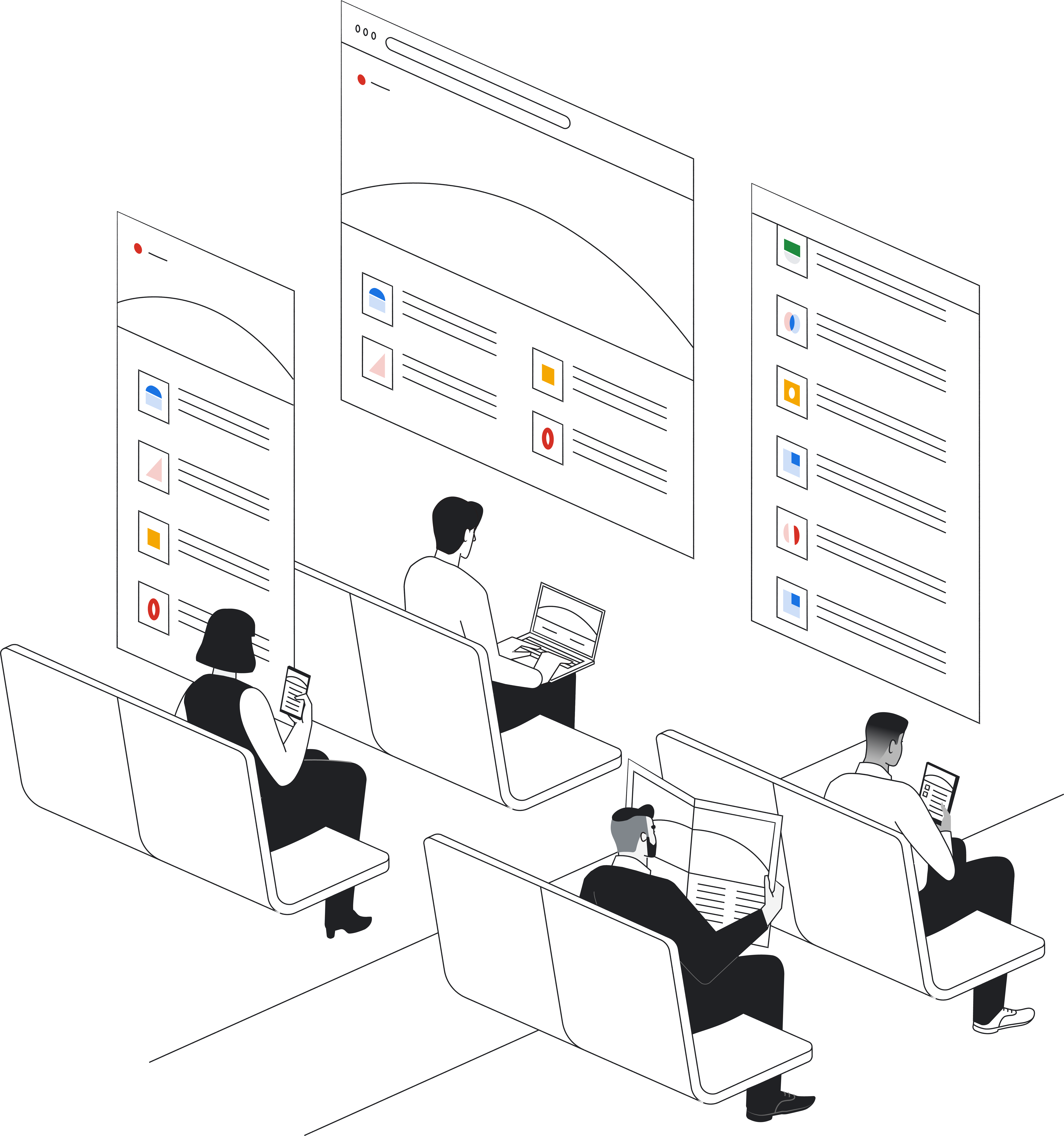
Design, prototype, and test your news product

Build a news product

What is a news product?
A news product, such as an article, newsletter, podcast, news site, or app, provides information to an audience.
How to build a news product with a design sprint
A design sprint is a way to solve problems by designing, prototyping, and testing ideas with your audience, as cheaply and realistically as possible.
What are the steps in a design sprint?
- Understand
- Ideate
- Decide
- Prototype
- Validate

Understand your audience and their needs
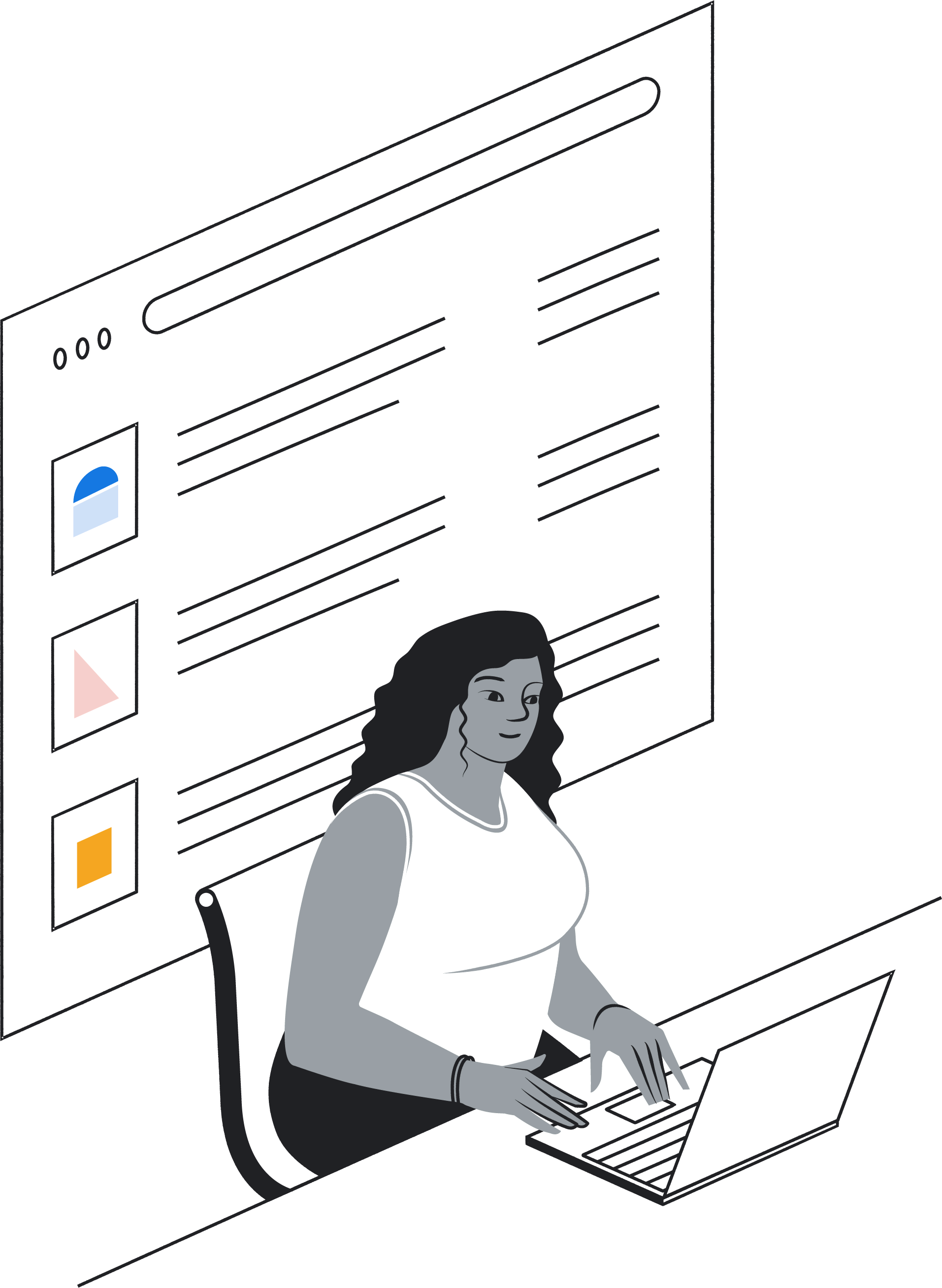
Get started by identifying:
- Your target audience
- What problems you can solve for them
- How you can uniquely address their needs
Learn more in our Learn more about your audience lesson.

Ideate

Once you clarify your audience’s needs, ideate solutions and create drafts of possible news products. A well-formed concept highlights the most important features and directly solves for the audience problem at hand.
If you have a team, encourage new ideas by working on your drafts independently.
A draft can be:
- A sample version of a newsletter
- A short video covering a topic, like a local event
- A ten minute episode of a podcast
💡Best practice: Use the Google Design Sprint’s Crazy 8’s exercise, where you’re tasked with drafting eight ideas in eight minutes.

Decide
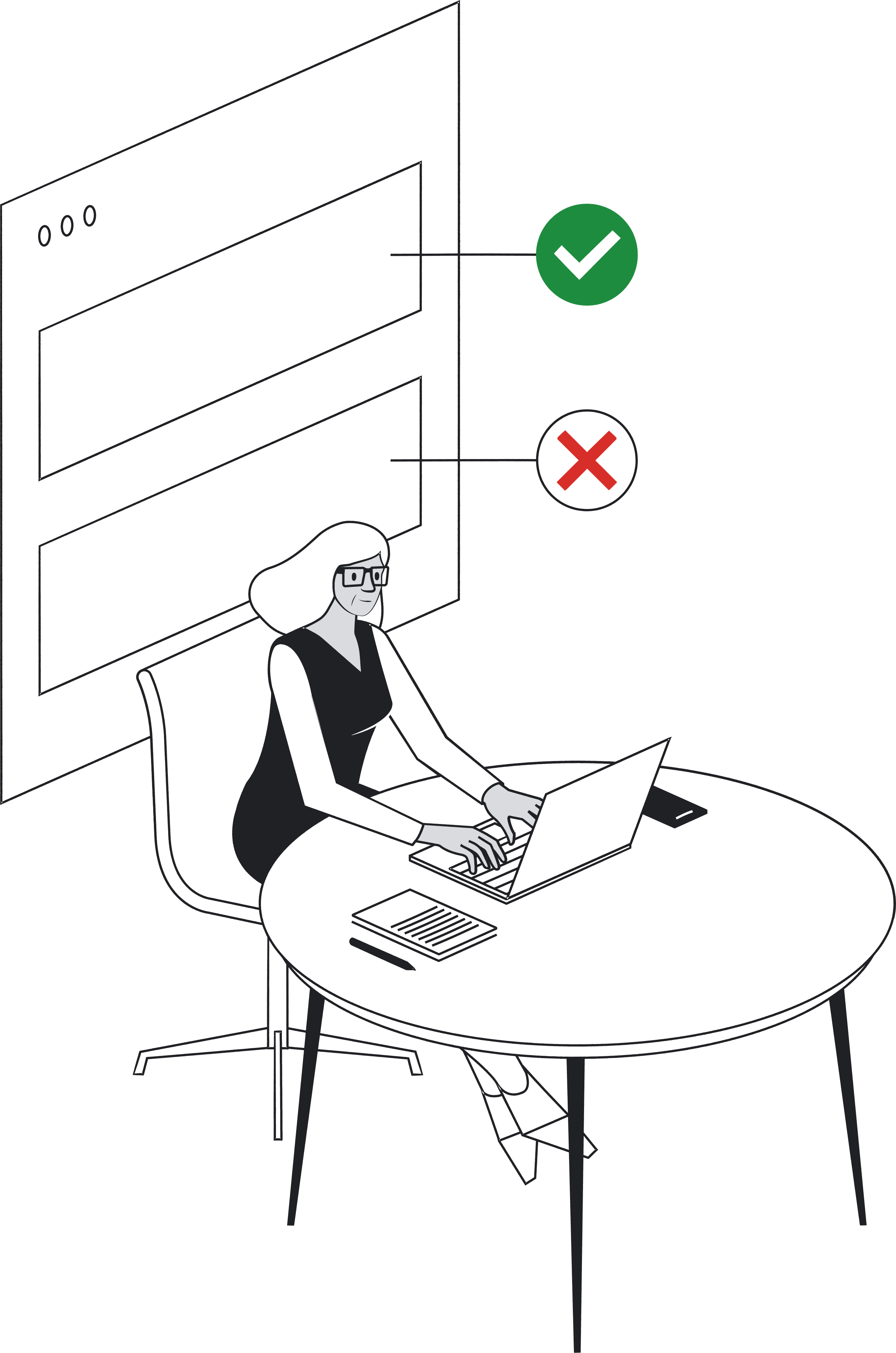
Next, decide which ideas should move forward by voting or evaluating against specific criteria.
You can go with a single idea (“best shot”) or with several ideas and test them against each other (“battle royale”), an approach developed by Google Ventures:
Best Shot:
- Is best for commonly used products
- Lets you develop an idea more fully
- Gives you more time to ask questions about similar products
Battle Royale:
- Is best for newer products with fewer expectations
- Lets you compare your ideas with each other
- Allows for more unique or unexpected ideas to emerge

Prototype: Build a minimum viable product (MVP)
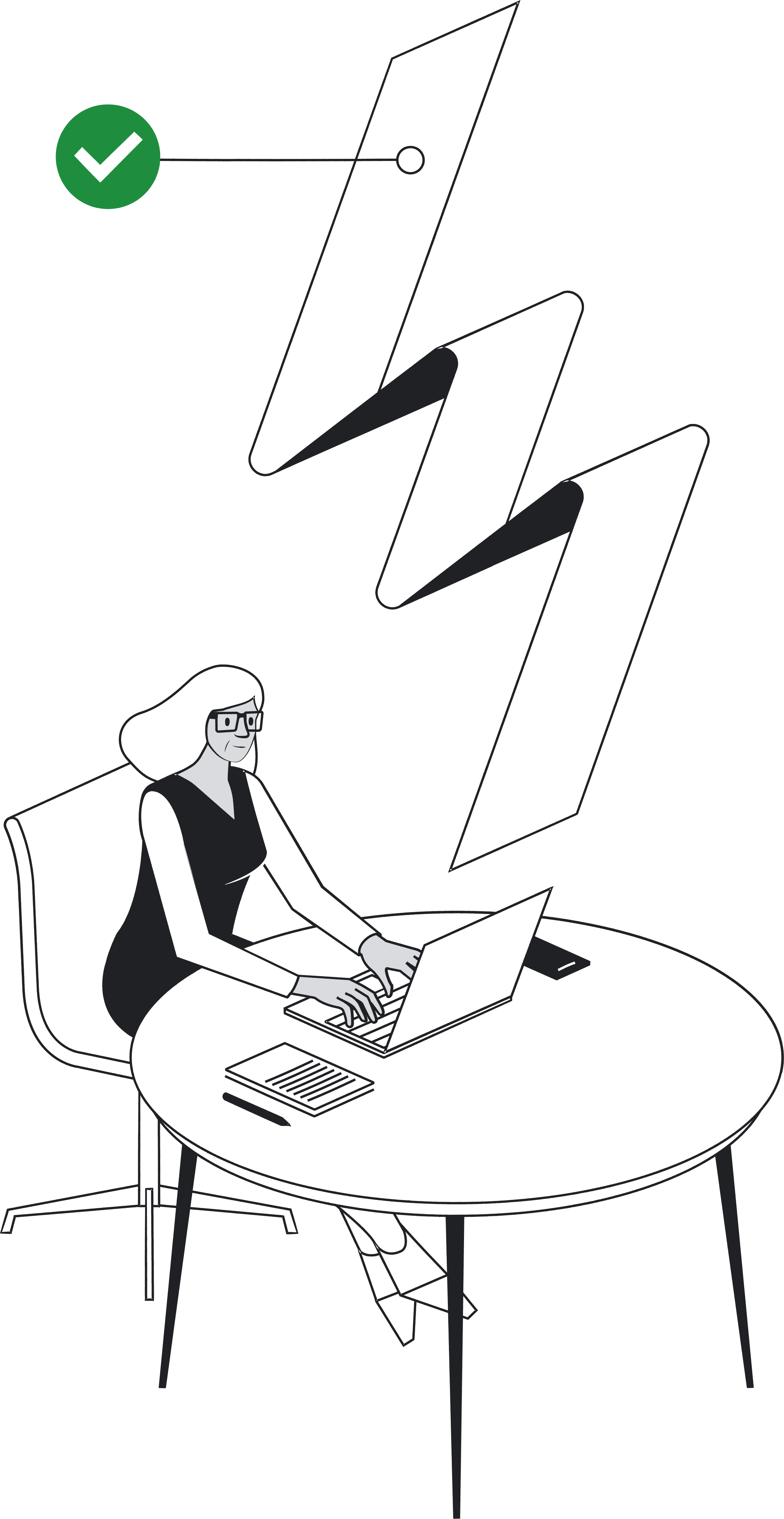
Once you have selected an idea, create a minimum viable product (MVP).
Minimum viable products, or MVPs:
- Have basic features to preview what your product will do
- Test assumptions
- Help you get feedback from your audience
- Save time and money
- Reduce risk of failure
What should I consider when building my MVP?
- Frequency: How often would you need to publish (daily, monthly, weekly) to collect feedback?
- Platform: What’s the cheapest and fastest way to test your idea? Can you send an email to your audience, or record a video on your phone?
- Scope: What’s the most important problem to address? Which features are absolutely necessary?
💡Best practices
- Limit your MVP to just the key features needed to provide value to your audience
- State your objective from the outset.
- Decide what you want to validate and how you will measure it.
- Keep your test on track by setting a date to evaluate results.

Validate: Test your MVP
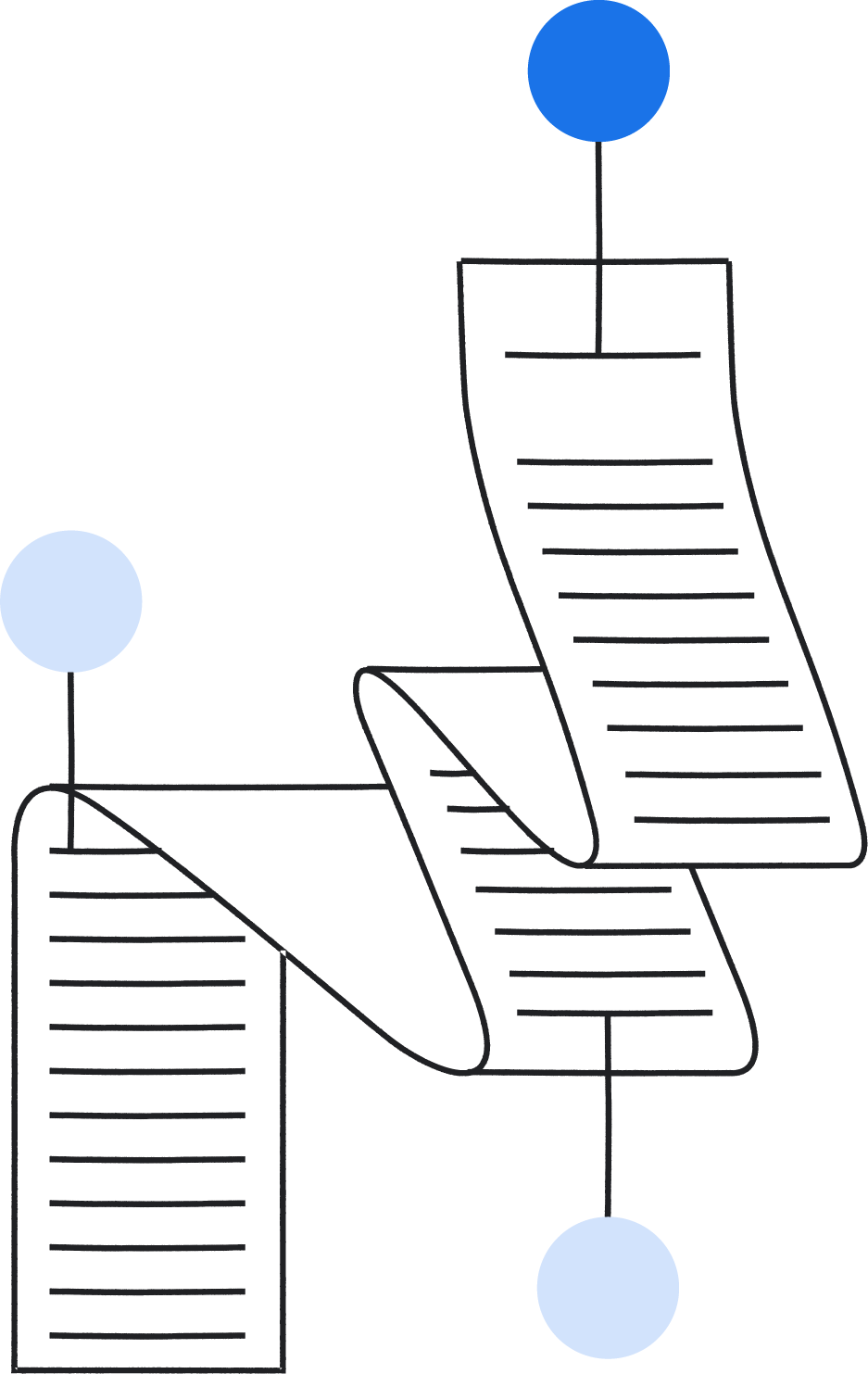
Test your MVP through:
- Pilots, where you invite your audience to test your product
- Ads, to measure if your product is relevant s
- Promotions, to get feedback or to generate demand
- Interviews, to understand what they value
- Crowdfunding or pre-selling to gauge interest
💡Best practice: Test ads across several advertising platforms and track the number of clicks to see if your product resonates with your audience.

Validate: Recruit participants

Once you have built your MVP, validate your idea with audience feedback. You can recruit participants for interviews or focus groups by
- Reaching out directly through email, social media, or talking to people at events
- Using earned media, such as appearing as a guest on a podcast or writing a guest blog post
- Placing ads, such as in local publications, community centers, or on social media
💡Best practices
- Recruit at least 100 participants
Recruit participants by targeting specific audiences with Google Ads.

Validate: Evaluate your test

Evaluate if your MVP meets your audience’s need by reviewing their:
- Behavior: Did participants engage with your MVP more than once?
- Feedback: Did participants tell you they valued the MVP in surveys and interviews?
- Reach: Did the MVP reach more, fewer, or the same types of audiences?
Based on your audience’s feedback, you can:
- Keep going if your audience found the MVP valuable, and you know why they found it valuable.
- Adjust the MVP to meet your audience’s needs better.
- Reset if your MVP didn’t find early success or pivot to a different idea.
💡Best practice: Look for trends in audience feedback to identify issues or new features.

